-
How Photography Changed Picturebooks
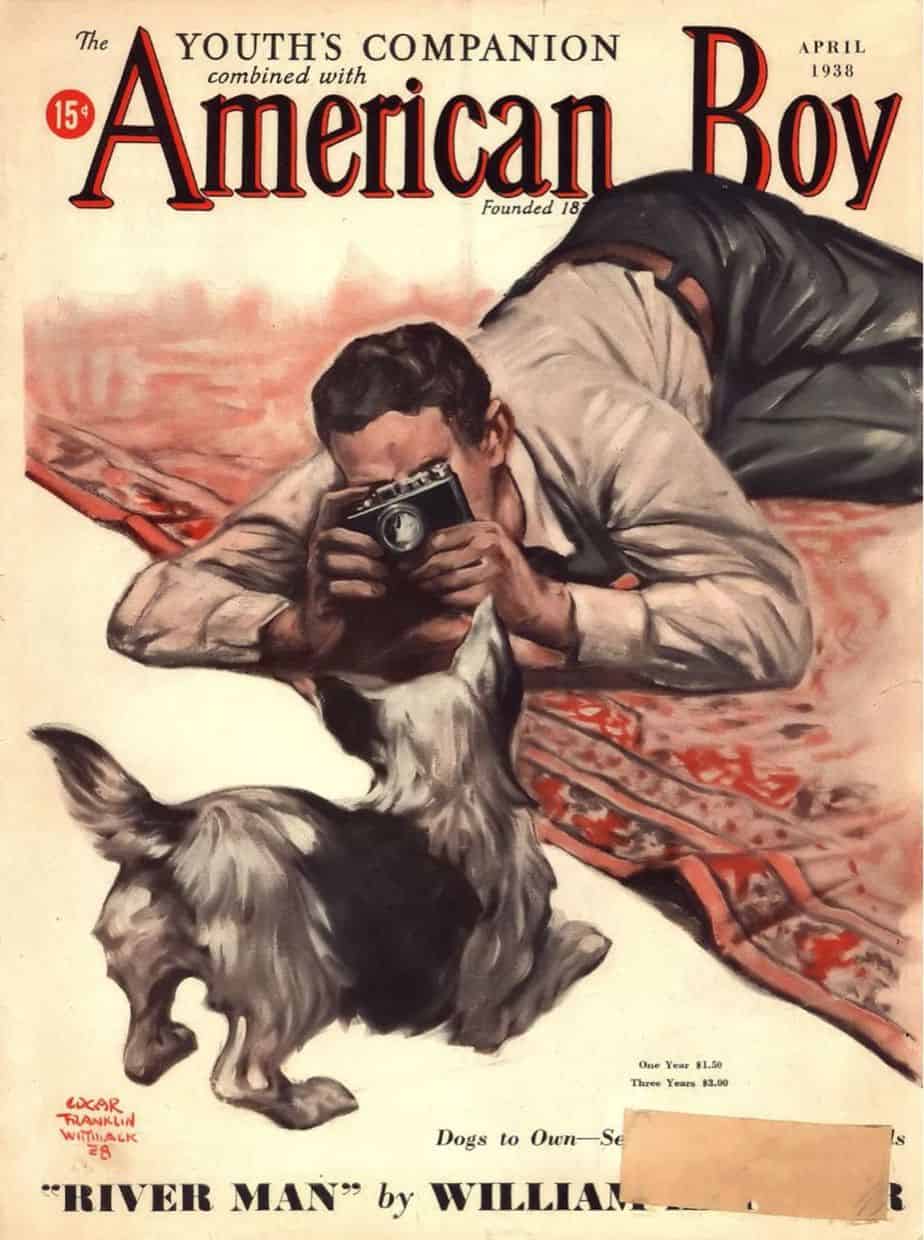
The first commercial camera is thought to be the daguerreotype, which changed art forever starting in 1839. To generalise, the function of painting changed after that. Before the camera, artists functioned as photographers do today; the skill of authentic reproduction was highly valued because there was no other way of recording something than to paint…
-
Creating A Fairytale World
To a modern audience, what makes a setting feel ‘fairytale’? What is it about the tone, style and plot? I argue here that what makes a fairytale setting feel ‘fairytale’ is mostly the ‘fairytale logic’. Just as we know, almost intuitively, that a particular narrative is a fairy tale when we read it, it seems…
-
Childhood Horror: Why are kid things so scary?
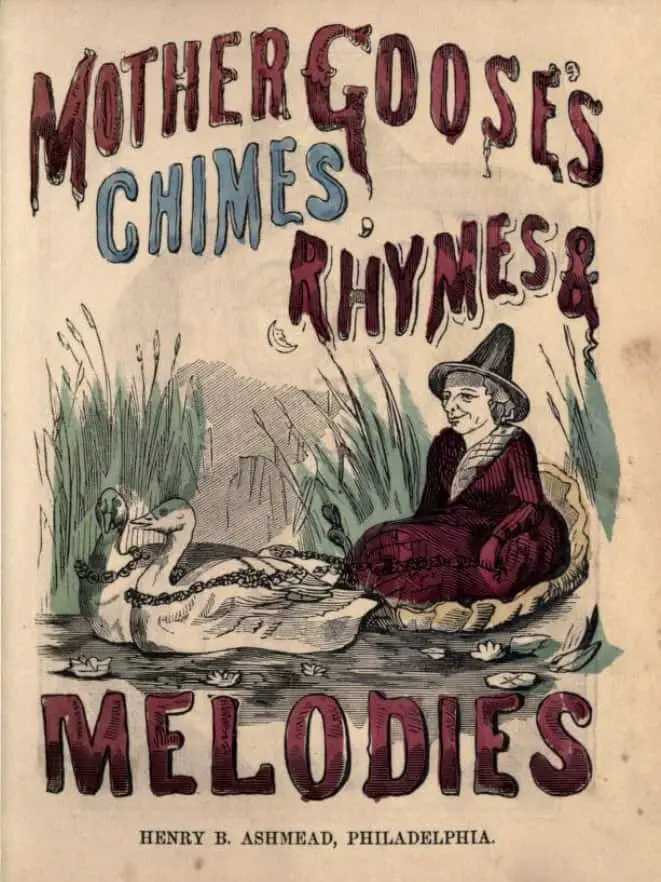
Here’s the thing about horror: It can so easily turn into accidental comedy. Watch the original 1960s Twilight Zone series and what was once genuinely scary now offers a family-night laugh. An inverse is also true: What we once considered fun, innocent, cosy and child-friendly will morph over time into something sinister. In the second…
-
Wheel On The Chimney by Wise Brown and Gergely 1954
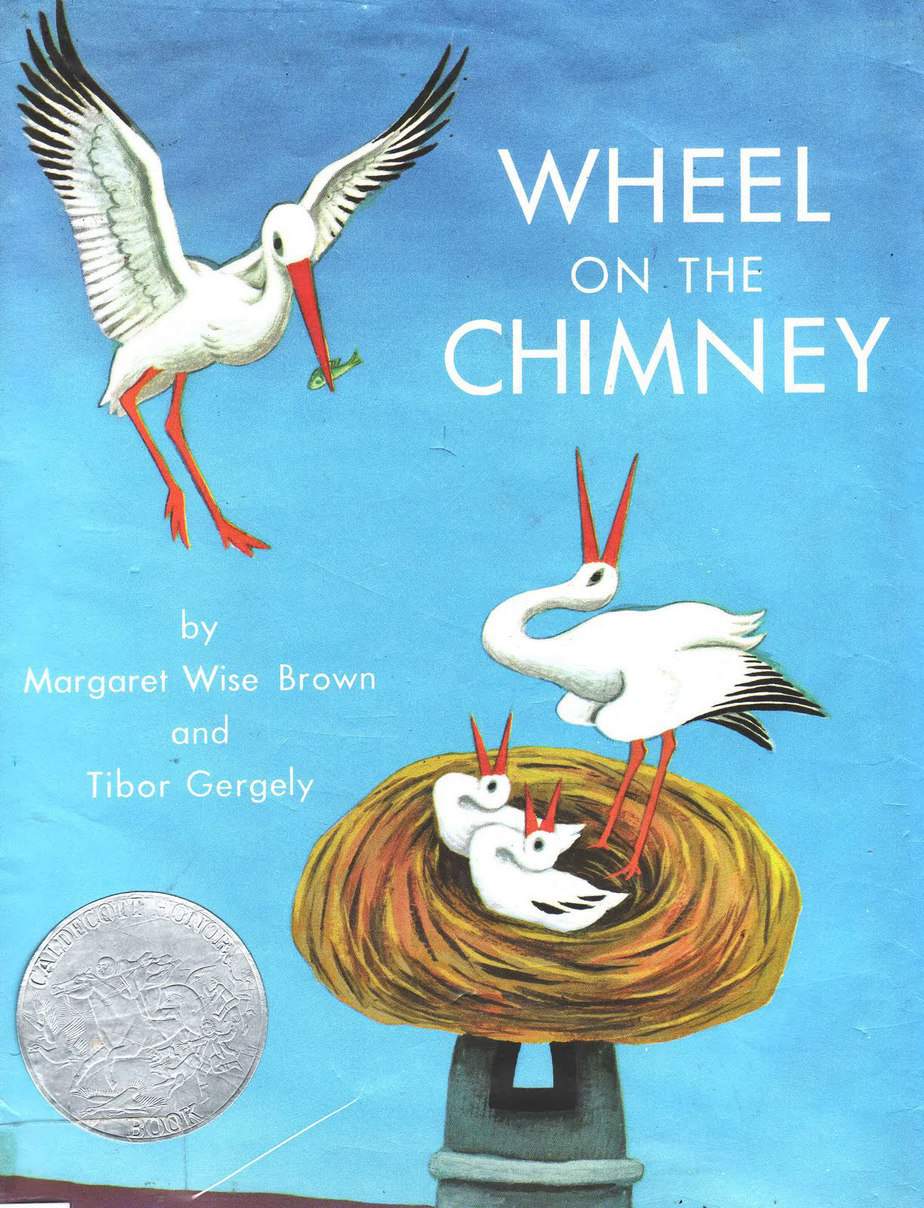
Wheel On The Chimney is a calm, bird-focused storified description of an old custom observed throughout various parts of Southern Europe.
-
Shakespeare’s Romeo and Juliet
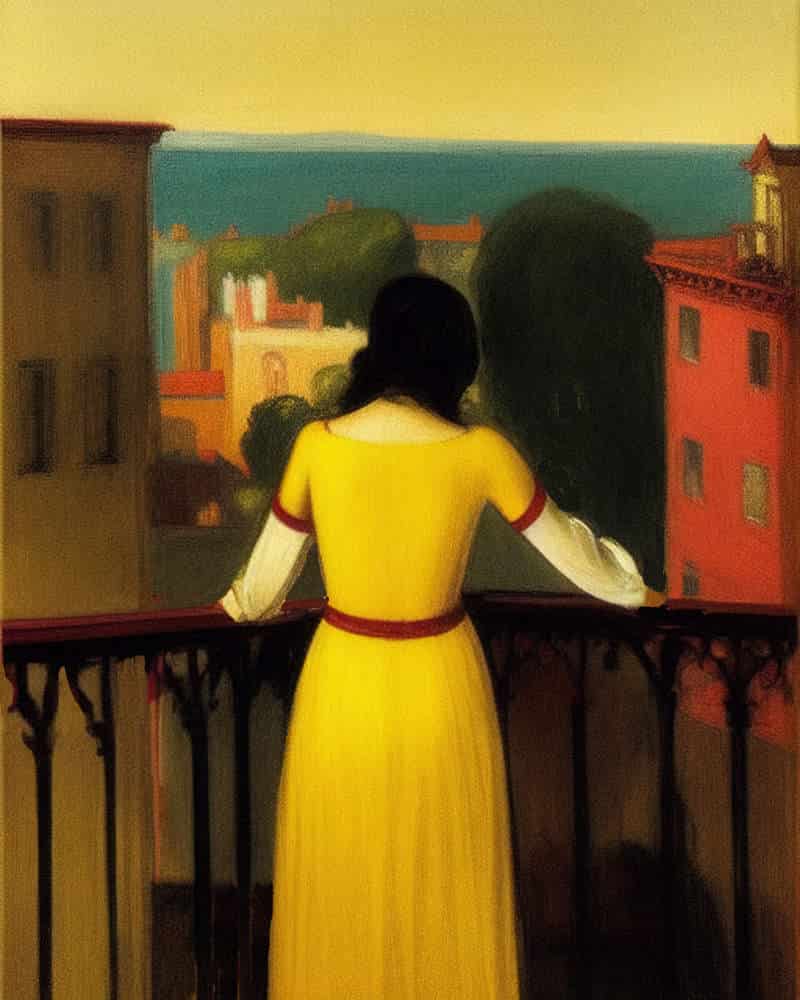
Shakespeare wrote Romeo and Juliet in the 1590s. Like modern audiences, Shakespeare’s live audiences already knew the plot because he nicked it from The Tragical History of Romeus and Juliet (already three decades old at the time). Obviously, when Shakespeare got his paws on plots he elevated them to greatness. But even before that, stories…
-
The Storybook Jungle
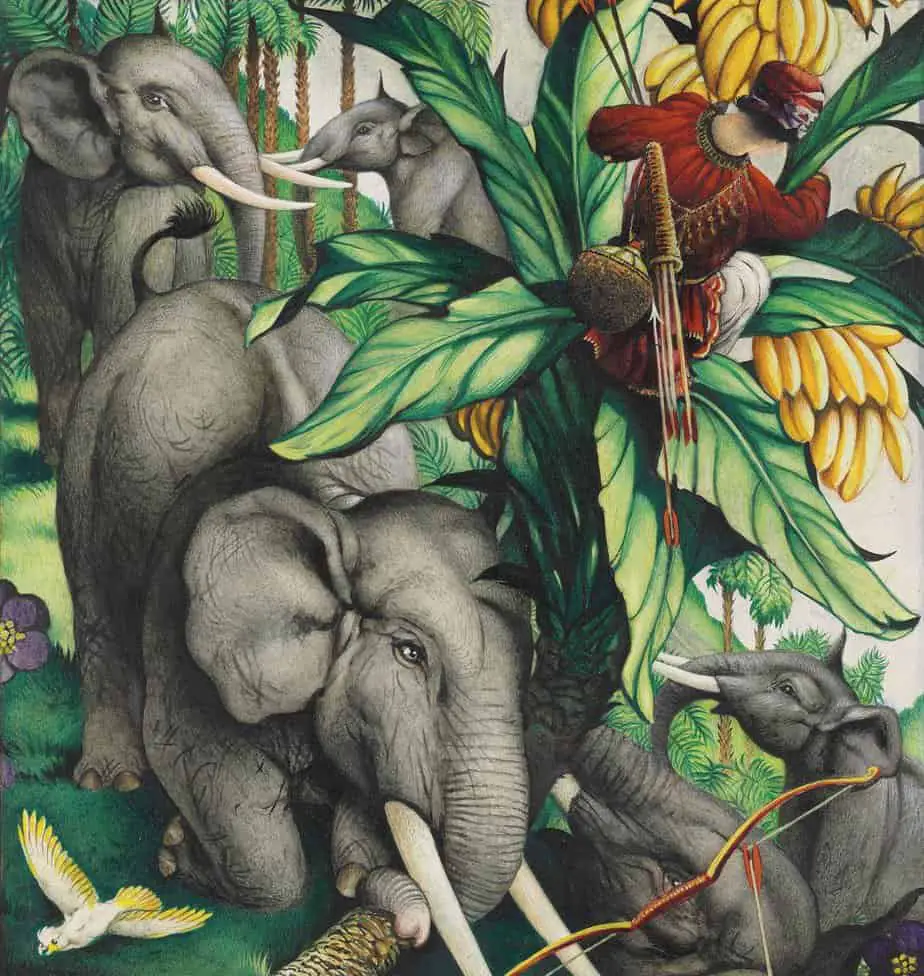
To invading germs, you are a jungle full of hungry tigers. To your gut bacteria, you are a warm orchard of perpetual bounty. To your eyelash mites, you are a walking fortress and a mountaintop pasture. How many generations have you hosted? What do they name the wilderness of you? “Host” by @cryptonature, in his…
-
Anatole by Eve Titus & Paul Galdone (1956)
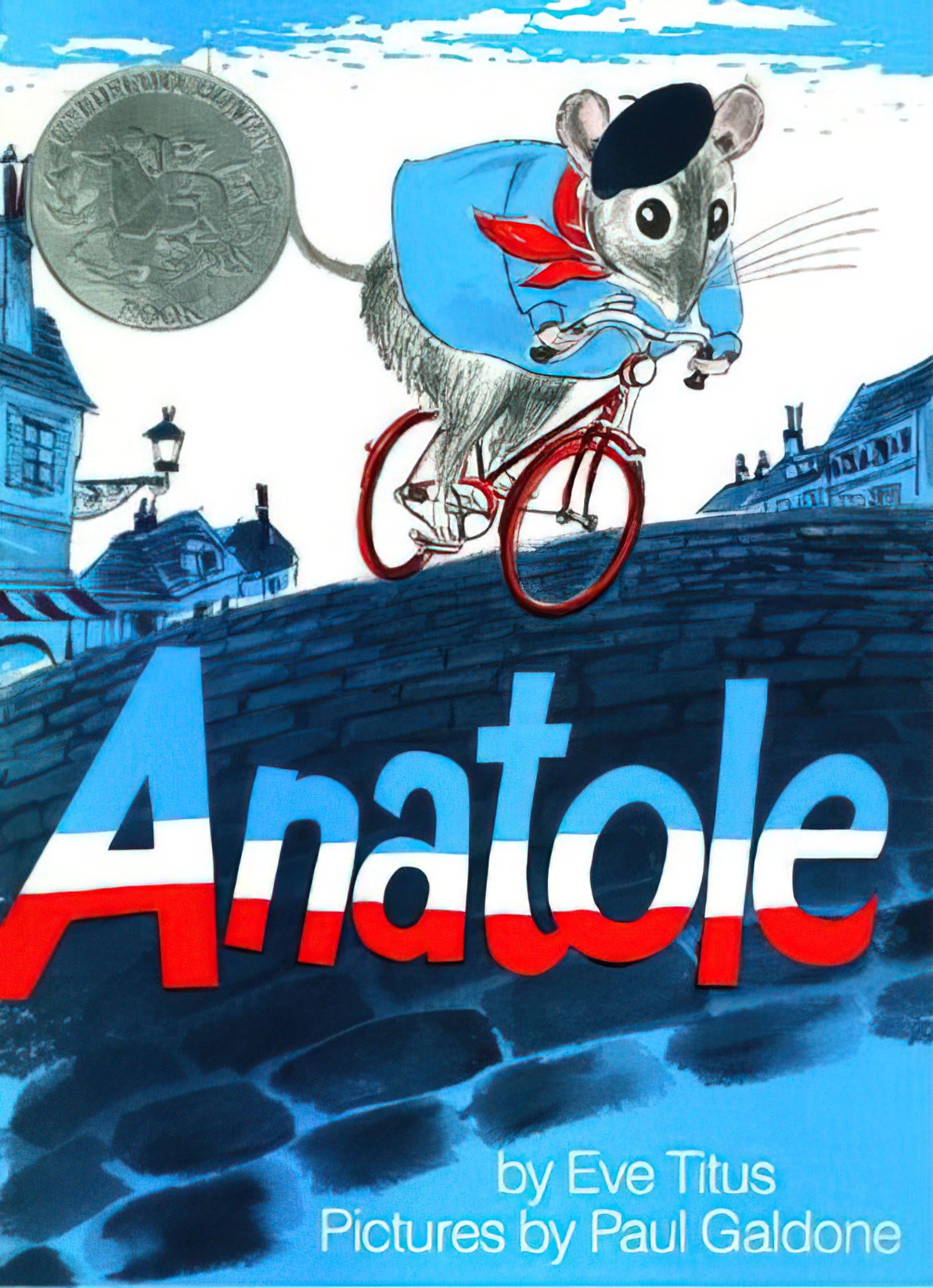
Anatole the mouse starred in a series of children’s stories by Eve Titus, illustrated by Paul Galdone in blue, red and white. The ten books were published 1956-1979. Today I’m taking a look at the picture book that opened the series. Anatole was named a Caldecott honour book.
-
Words to Describe Landscapes, Landforms, Water and Construction
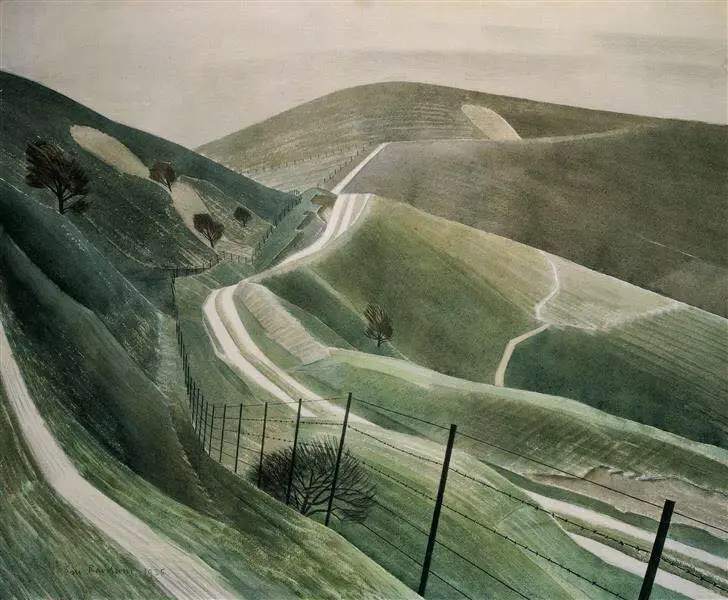
(Includes bodies of water.) You may be after a full glossary of landforms, in which case the Wikipedia article is comprehensive: Full list of landforms at Wikipedia. This post skews literary.
-
Gila Monsters Meet You at the Airport by Marjorie Weinman Sharmat and Byron Barton Analysis
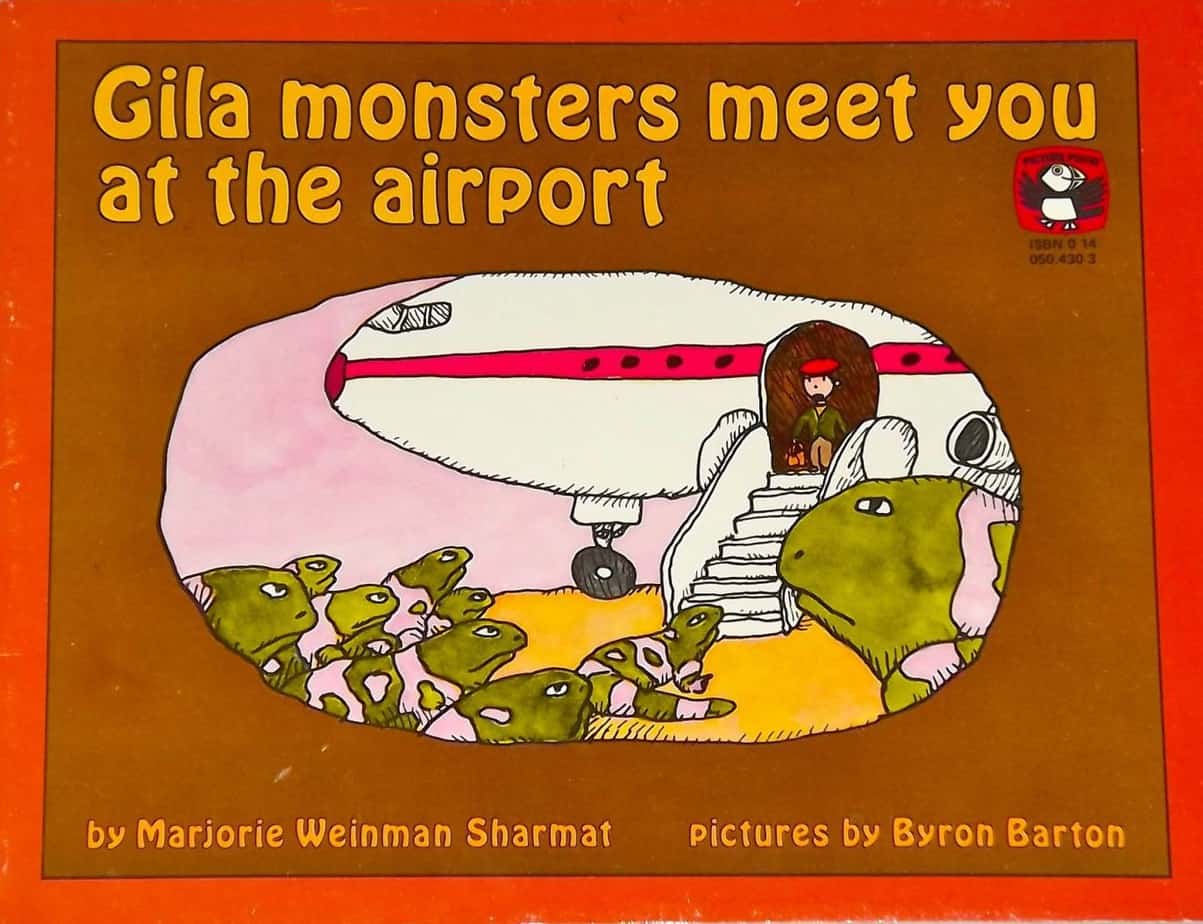
Gila Monsters Meet You at the Airport (1980) is an American picture book written by Marjorie Weinman Sharmat and illustrated by Byron Barton.
-
Bringing the Rain to Kapiti Plain by Aardema and Vidal Analysis
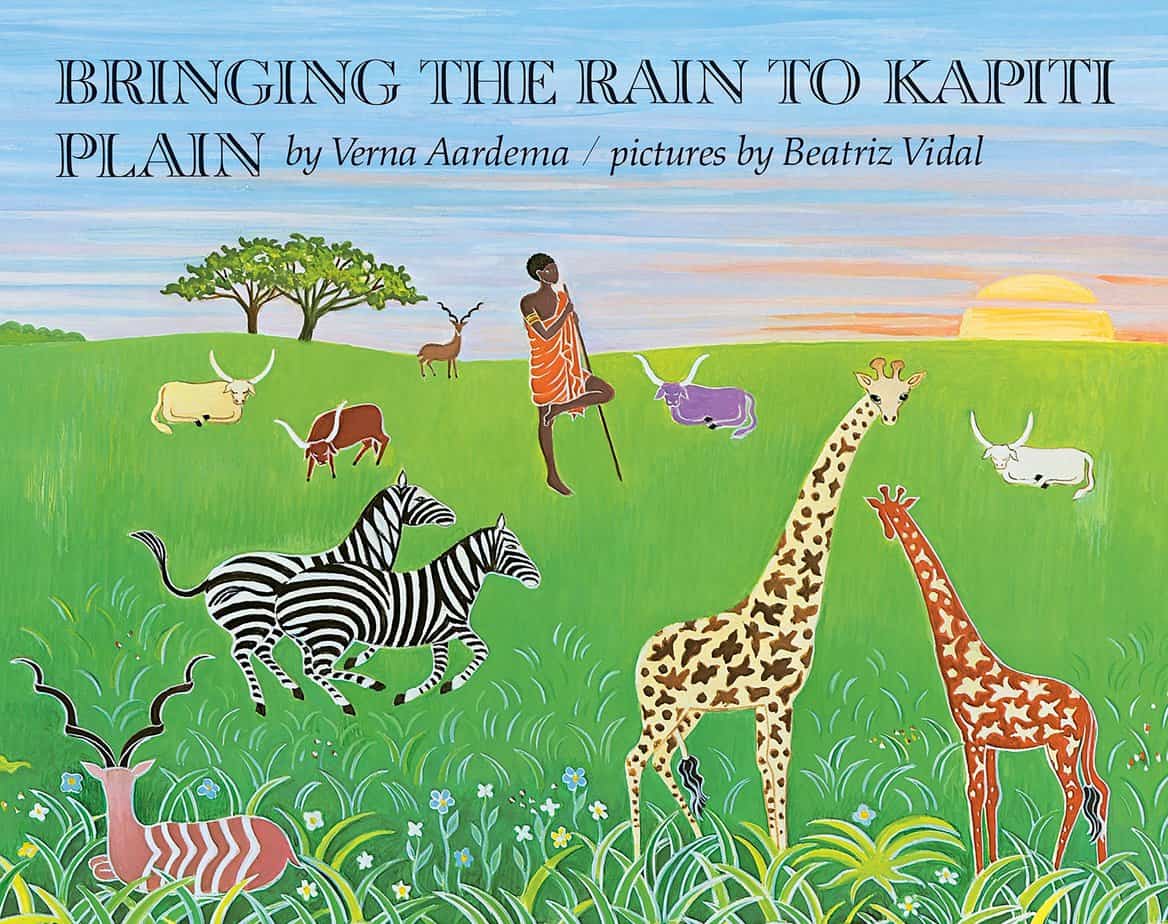
Bringing the Rain to Kapiti Plain (1981) is a cumulative picture book written by Verna Aardema and illustrated by and Beatriz Vidal. The rhyming scheme borrows from the well-known childhood rhyme, “This is the house that Jack built“. Vidal’s illustrations have a folktale vibe about them, partly due to those nice white outlines reminiscent of…
-
Sequential Narrative Art In Picture Books
Sequential Narrative describes art which tells a story in a series of images making use of frames. Let’s say there are 7 main categories of Narrative art. Narrative art is art which tells a story. Monoscenic — represents a single scene with no repetition of characters and only one action taking place Sequential — very much like a continuous narrative…
-
Tight Times by Shook Hazen and Schart Hyman Analysis
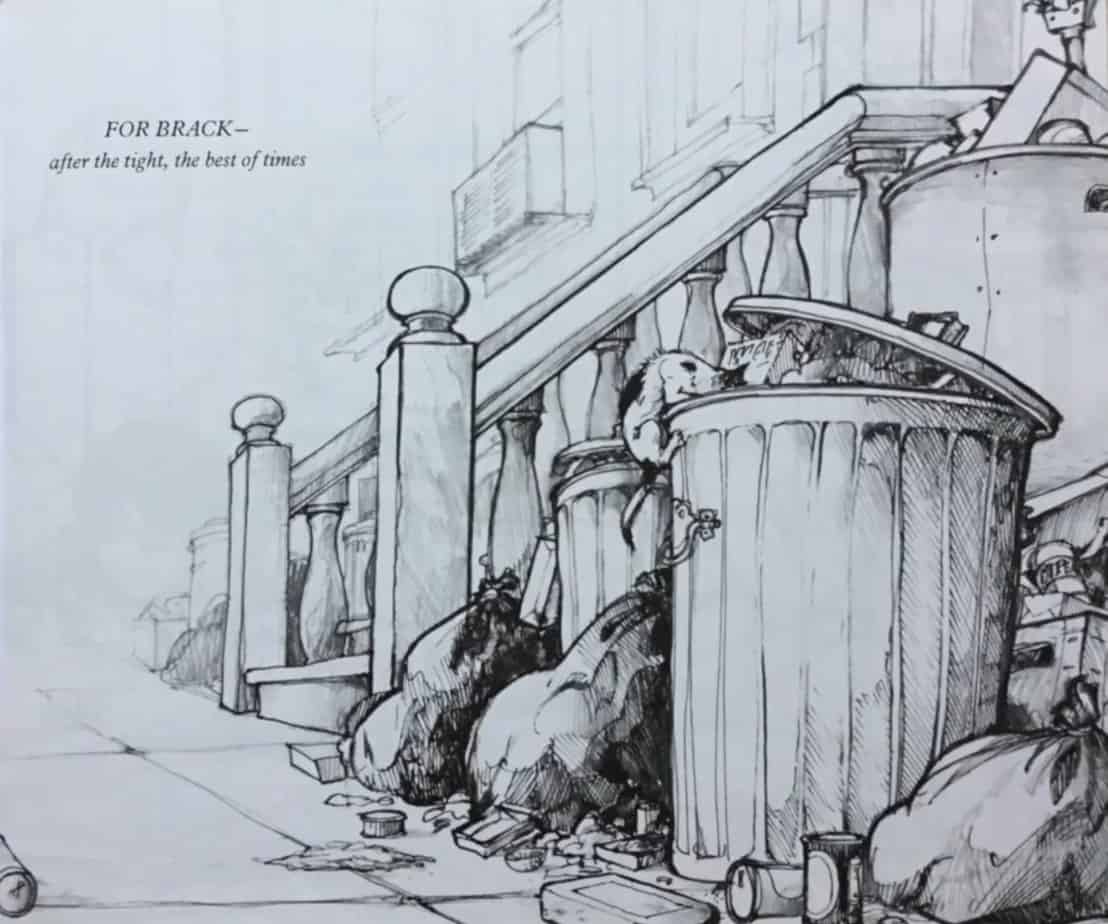
Tight Times (1979) is an American picture book written by Barbara Shook Hazen and illustrated in graphite pencil by Trina Schart Hyman. Tight Times also happens to be the first ever picture book read by LeVar Burton on America’s Reading Rainbow series back in 1983. I can see why they chose it. This short picture…
-
Sidewalk Flowers by Lawson and Smith
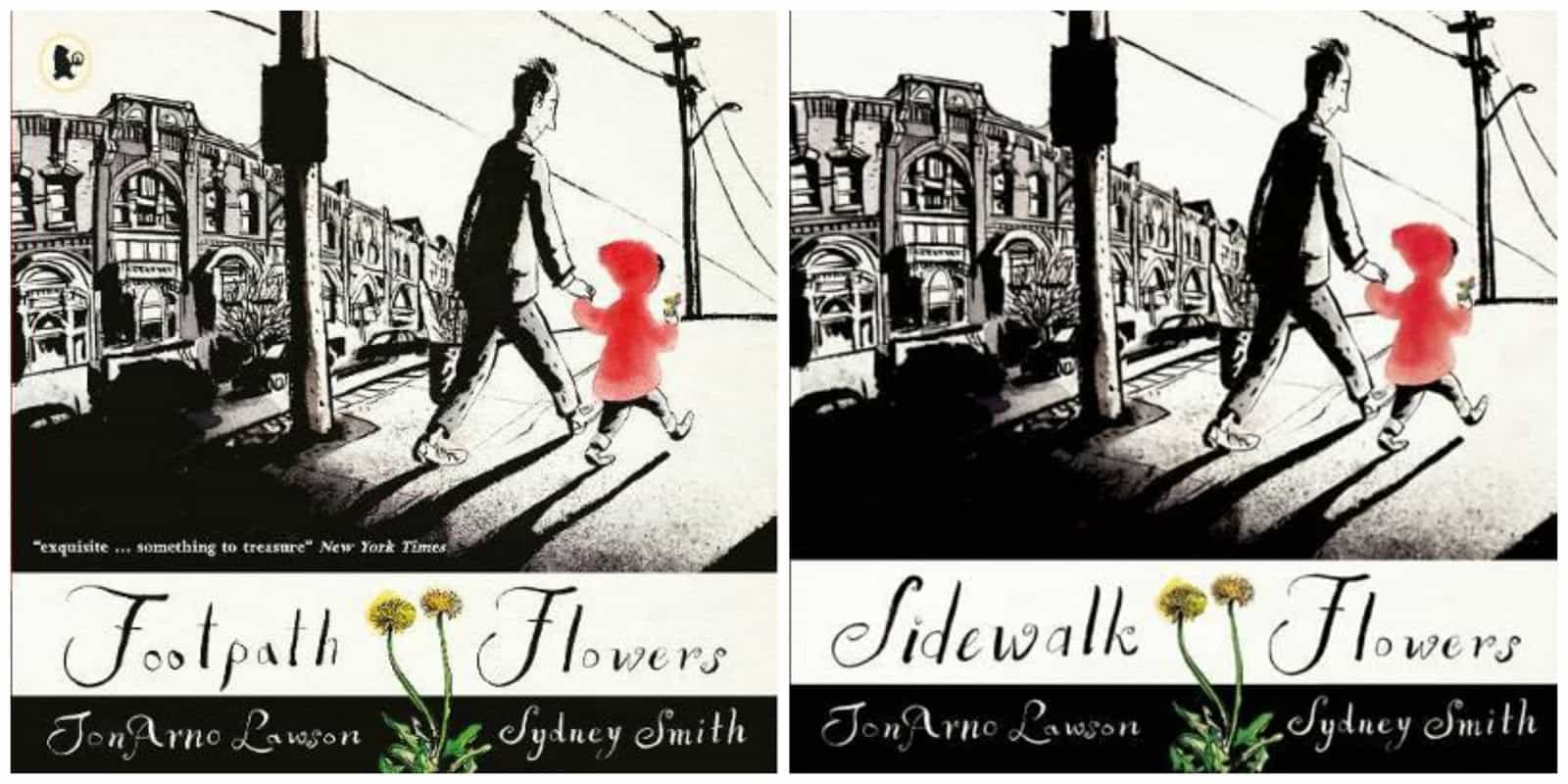
Sidewalk Flowers is a wordless Canadian picture book by poet JonArno Lawson and illustrated by Sydney Smith.
-
Ferdinand The Bull Picture Book by Leaf and Lawson Analysis
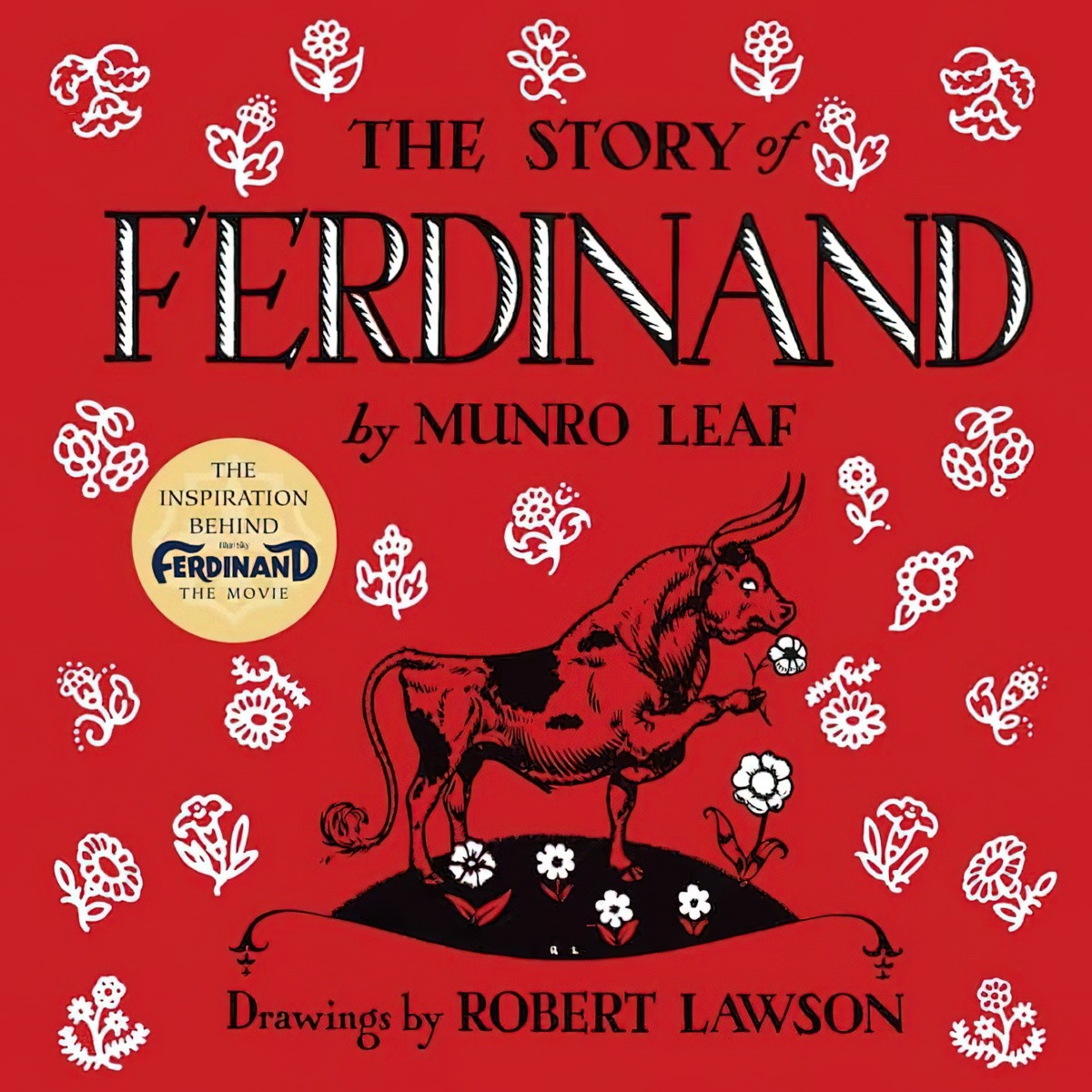
remarkable to a contemporary audience, but this picture book is significant for Lawson’s early use of cinematic perspectives. Picture books were influenced by motion pictures and photography in a wide variety of ways. Ferdinand the Bull is a standout example of a picture book which would have looked quite different had the audiences not been…
-
Ty’s One-Man Band by Pitts Walter and Tomes Analysis
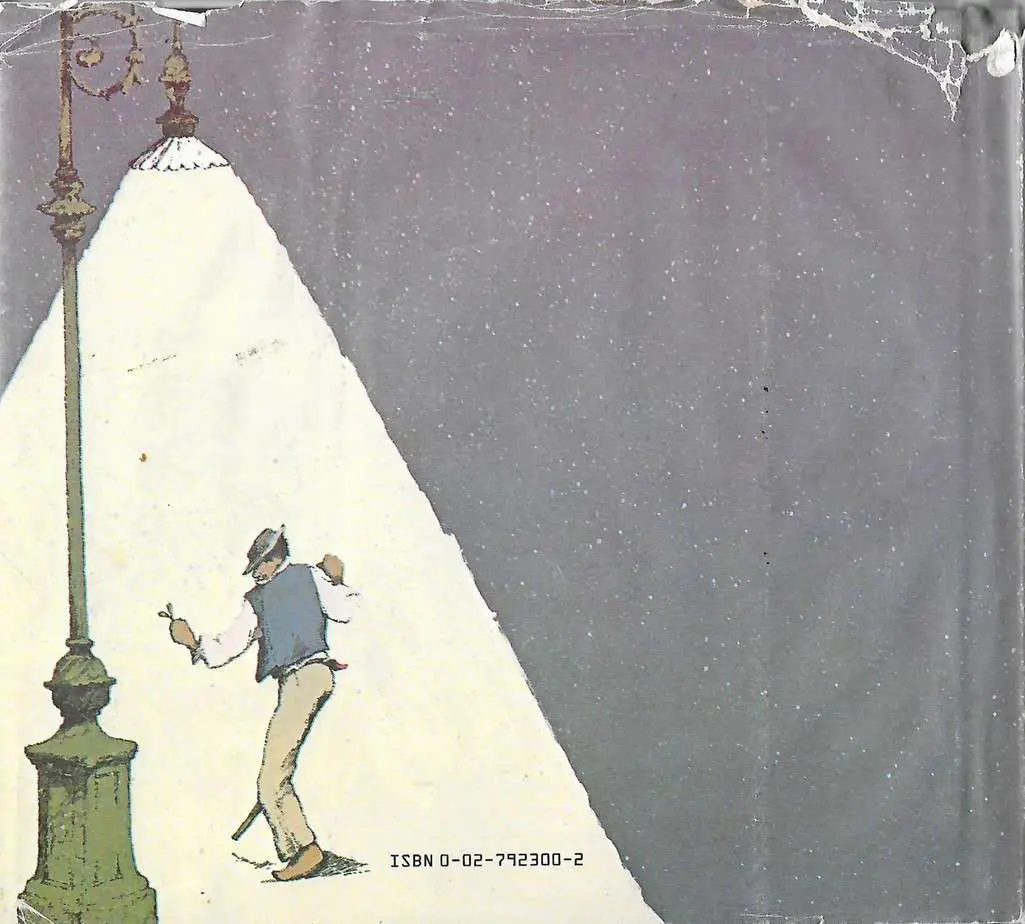
Ty’s One-Man Band (1980) is a picture book written by Mildred Pitts Walter and illustrated by Margot Tomes. This is a good mentor text if you’re writing a picture book with plenty of rhythmic onomatopoeia. If reading to modern kids, they might find this slow, quiet picture book a bit more exciting if encouraged to…